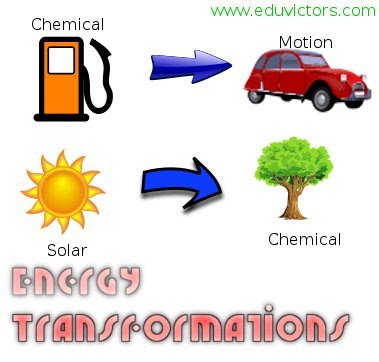WATER
 |
| image credits: wikimedia commons |
Short Q & A based on NCERT Chapter
Q1: What is precipitation?
Answer: The condensation of water vapour in the form of water droplets or ice-crystals and its falling on the earth’s surface is known as precipitation.
Q2: Define glacier.
Answer: The moving mass of ice is called glacier.
Q3: What is the taste of sea water?
Answer: The taste of sea water is salty.
Q4: Why is sea water saline?
Answer: Sea water is saline due to the dissolution of large amount of salt in it.






